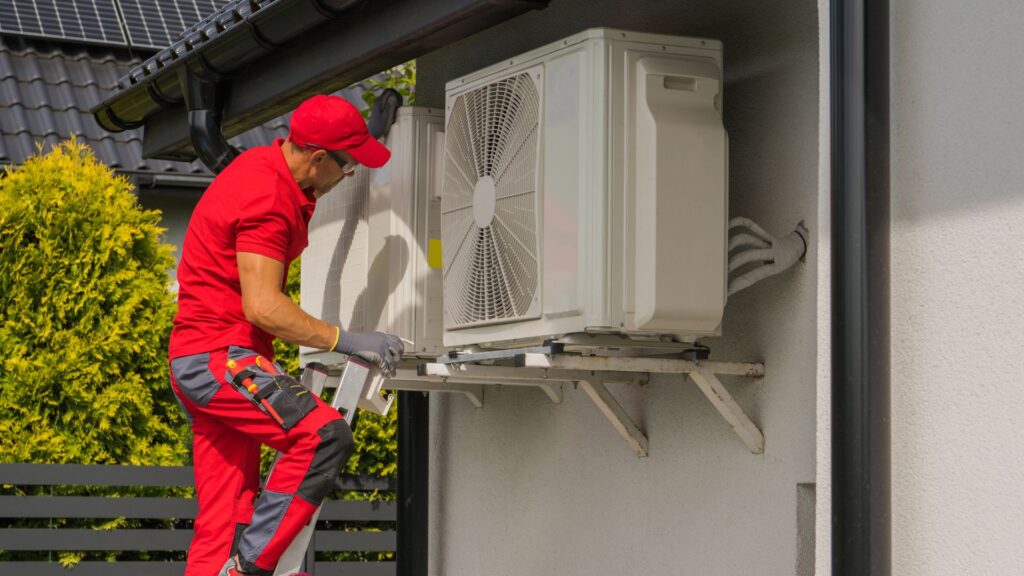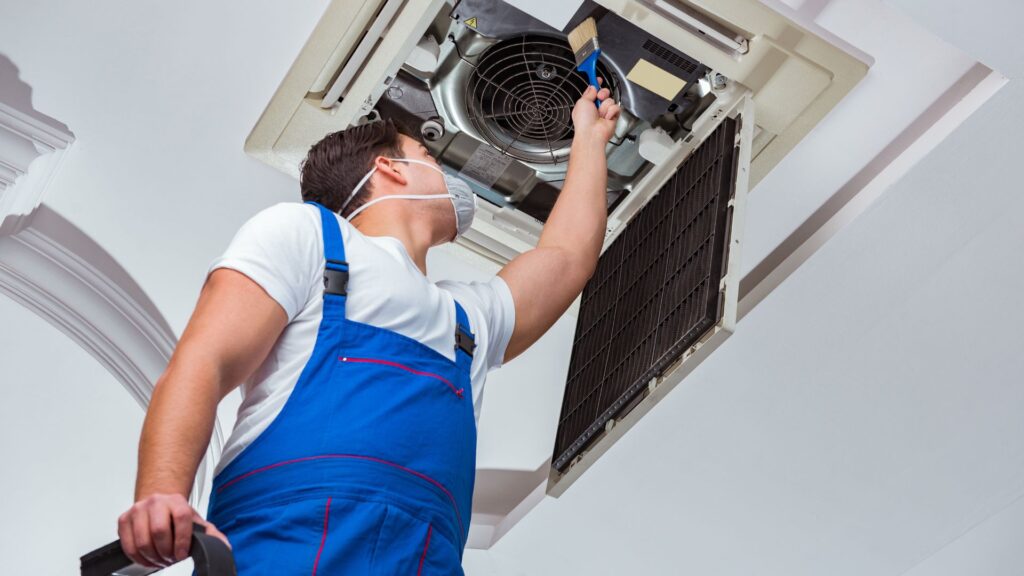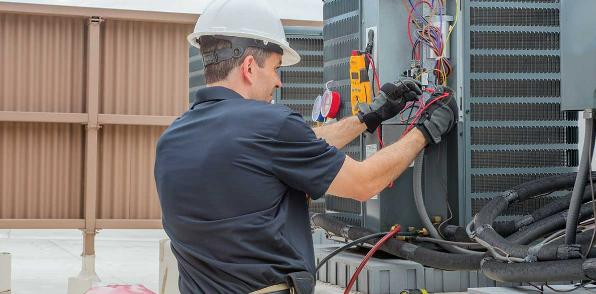“How Much Does It Cost to Run Heat Strips? A Detailed Breakdown”
Heating your space efficiently is essential, but it’s equally crucial to understand the financial implications. In this guide, we delve into the intricacies of running heat strips. From initial investment to ongoing expenses and maintenance, we uncover every aspect to help you make informed decisions while keeping your space warm and cozy.

How Much Does It Cost to Run Heat Strips?
Initial Investment
When contemplating installing heat strips, the initial expense primarily involves purchasing the system itself. This includes the cost of the strips, installation charges, and any additional materials required for setup. While prices may vary depending on the brand, quality, and capacity, expect to allocate a significant portion of your budget to this upfront investment.
Energy Consumption
One critical factor affecting the cost of running heat strips is energy consumption. These systems utilize electricity to generate heat, which affects utility bills. Understanding the wattage of your heat strips and their usage patterns is crucial in estimating energy expenses accurately.
Environmental Factors
Environmental conditions play a significant role in determining how much it costs to heat strips. Factors such as climate, insulation quality, and room size influence the workload on the heating system. In colder regions or poorly insulated spaces, heat strips may need to work harder, resulting in higher energy consumption and, subsequently, increased costs.
Efficiency Ratings
Efficiency ratings of heat strips directly impact operational costs. Opting for energy-efficient models can translate into substantial savings over time. Higher efficiency means the system can generate the same amount of heat while consuming less electricity, making it a cost-effective choice in the long run.
Maintenance Expenses
Regular maintenance is essential to ensure the optimal performance of heat strips. While maintenance costs may not be significant compared to the initial investment, neglecting upkeep can lead to efficiency issues, ultimately driving up operational expenses. Routine inspections, cleaning, and timely repairs can help mitigate unforeseen costs and prolong the lifespan of the system.
Long-Term Considerations
When evaluating the cost of running heat strips, it’s essential to consider long-term implications. While initial expenses and monthly bills are significant factors, assessing the durability, reliability, and efficiency of the system over its lifespan provides a comprehensive understanding of its actual cost.

Factors Influencing Cost
Size and Power of the Heat Strips
When heat strips are larger and more powerful, they require increased electrical energy to function, resulting in higher operating expenses. This heightened consumption of electricity translates directly into elevated costs for maintaining thermal comfort. Consequently, homeowners or businesses using such heat strips may notice a significant impact on their utility bills due to the increased energy consumption.
Installation Charges
The installation process of heat strips typically involves hiring professionals, which incurs additional expenses. Installation charges may vary based on the complexity of the job, accessibility of the installation site, and any modifications required to integrate the system seamlessly into your space.
Energy Rates
Energy rates set by utility providers heavily influence the operational costs of heat strips. Fluctuations in energy prices can lead to unpredictable expenses, particularly during peak demand periods or seasonal variations. Consequently, managing and optimizing energy usage becomes crucial for minimizing the overall expenditure associated with heating spaces using electric strips.
Insulation Quality
The level of insulation in your space affects the workload on heat strips. Well-insulated areas retain heat more effectively, reducing the demand for constant heating. Investing in quality insulation can lead to considerable savings by minimizing heat loss and optimizing energy usage.
Thermostat Settings
Optimizing thermostat settings is essential for managing heating costs efficiently. Programmable thermostats enable users to customize temperature settings according to occupancy patterns, thereby maximizing energy efficiency and minimizing unnecessary expenses. By scheduling temperature adjustments based on when the space is occupied or unoccupied, programmable thermostats help maintain comfort while conserving energy, leading to significant savings over time.
Maintenance Practices
Neglecting maintenance can result in efficiency issues and costly repairs down the line. Implementing regular maintenance practices such as filter replacement, system inspections, and cleaning can help prevent breakdowns and ensure the efficient operation of heat strips.
System Efficiency
Choosing energy-efficient heat strips can yield significant savings over time. Systems with higher efficiency ratings consume less electricity while delivering the same level of heat output, translating into lower operational costs and reduced environmental impact.
Calculating Costs
To calculate the costs of running heat strips, consider the following:
Electricity Rates
To determine the cost per kilowatt-hour (kWh) of electricity from your utility provider, you need to divide the total cost of your electricity bill by the total number of kilowatt-hours used during the billing period. This calculation gives you the average cost per kWh. The cost per kWh can vary depending on factors such as your utility provider’s pricing structure, the time of day, and any additional fees or taxes included in your bill.
Wattage of the Heat Strips
To identify the wattage rating of the heat strips, you’ll typically find this information on the manufacturer’s specifications or labeling on the product itself. Once you’ve located the wattage rating, you can use it to calculate the energy consumption by multiplying the wattage by the number of hours the heat strips are in use. This calculation will give you the total energy consumed in watt-hours, which you can convert to kilowatt-hours for a more practical energy usage measurement.

Hours of Operation
Factors such as climate, building insulation, and heating system efficiency need to be considered to estimate the number of hours the heat strips are used each day. In colder climates with poorly insulated buildings, the heat strips might be in use for more extended periods, possibly up to 8-12 hours a day during peak winter months. However, in more temperate climates or well-insulated buildings, the usage might be significantly lower, perhaps only a few hours per day or even less.
Monthly and Yearly Costs
To calculate the monthly and yearly costs of running heat strips, you’ll need to know the electricity rate, wattage of the heat strips, and the average number of hours they operate daily. Multiply the wattage of the heat strips by the number of hours they operate each day to get the daily energy consumption in watt-hours. Then, divide by 1000 to convert to kilowatt-hours (kWh), and multiply by the electricity rate to find the daily cost. Finally, multiply the daily cost by the number of days in a month or year to get the monthly and yearly costs, respectively.
Cost-saving Strategies
Implement the following strategies to reduce the cost of running heat strips:
Proper Insulation and Sealing of Windows and Doors
Improving insulation and sealing gaps around windows and doors is crucial for minimizing heat loss in buildings, thereby reducing the reliance on heat strips for maintaining indoor warmth. By properly insulating and sealing these areas, less heat escapes, leading to lower energy consumption and reduced utility costs. Additionally, enhancing insulation can contribute to a more comfortable indoor environment by maintaining consistent temperatures throughout the space.
Using Programmable Thermostats
Programmable thermostats offer the capability to adjust temperature settings based on occupancy patterns, ensuring efficient energy usage. By scheduling the operation of heat strips to coincide with occupancy, unnecessary energy consumption during unoccupied periods can be minimized. This optimization not only reduces energy costs but also contributes to environmental sustainability by lowering overall energy consumption.
Regular Maintenance of Heat Strips
Regular cleaning and maintenance of heat strips is crucial for ensuring their optimal performance and energy efficiency. Dust and debris accumulation can impede heat transfer and airflow, leading to reduced efficiency and potentially higher energy consumption. By keeping heat strips clean and well-maintained, you can maximize their effectiveness, prolong their lifespan, and minimize energy costs associated with heating systems.
Supplementing with Alternative Heating Methods
Utilizing alternative heating methods such as space heaters or wood-burning stoves alongside heat strips can effectively decrease electricity consumption, particularly during milder weather when less heating is required. By strategically employing these supplementary heating sources, homeowners can better regulate indoor temperature without solely relying on energy-intensive heat strips. This approach not only saves on electricity costs but also promotes more sustainable energy usage, aligning with efforts to reduce carbon footprint and conserve resources.
FAQs (Frequently Asked Questions)
Are heat strips expensive to run?
Heat strips can be costly to operate, mainly if used extensively or in poorly insulated spaces. However, investing in energy-efficient models and implementing innovative heating practices can help minimize expenses.
What factors influence the cost of running heat strips?
Several factors influence the cost of running heat strips, including energy rates, insulation quality, thermostat settings, maintenance practices, and system efficiency.
Can I reduce the cost of running heat strips?
Yes, you can reduce the cost of running heat strips by investing in energy-efficient models, optimizing thermostat settings, ensuring proper insulation, and implementing regular maintenance practices.
How often should I maintain my heat strips?
It’s recommended that heat strips be routinely maintained at least once a year. This includes inspections, cleaning, and replacing filters as needed to ensure optimal performance and efficiency.
Do heat strips require professional installation?
Yes, it’s advisable to hire professionals for the installation of heat strips to ensure proper setup and integration into your space. Professional installation helps minimize the risk of errors and ensures optimal performance.
Are there any rebates or incentives for installing energy-efficient heat strips?
Depending on your location and utility provider, rebates or incentives may be available for installing energy-efficient heating systems. It’s worth exploring such options to offset installation or upgrade costs.
Conclusion
Understanding the cost implications of running heat strips is crucial for making informed decisions about heating your space. By considering factors such as initial investment, energy consumption, maintenance expenses, and long-term considerations, you can effectively manage costs while ensuring optimal comfort and efficiency.
